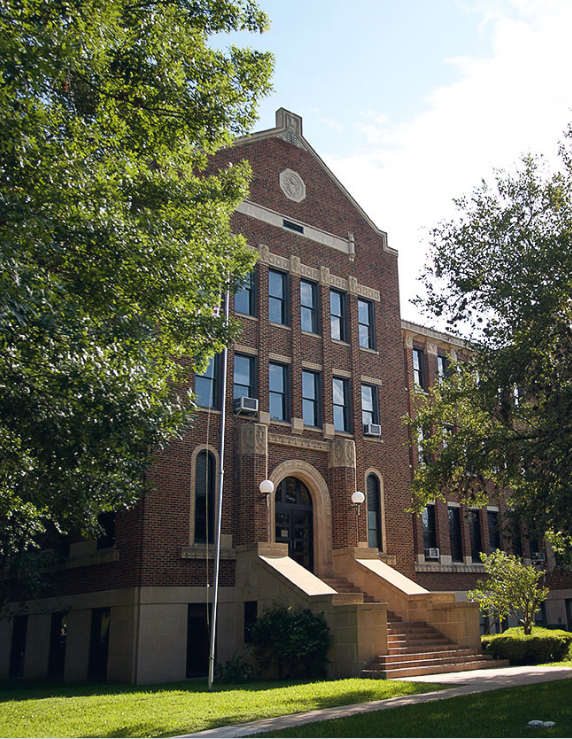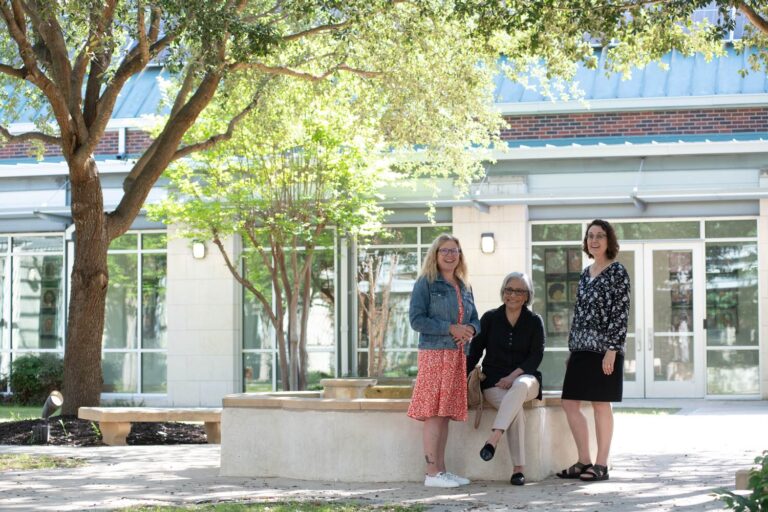The founder of analytical psychology, Carl Jung, once said, “Fascination is the oldest form of healing.” That little phrase has always been a fascination for me. With a little stillness, open-heartedness, and gratitude, fascination is always nearby. Search and find something fascinating, something of wonder, something calling you into gratitude, and undergo a transformation that creates a kind of sixth sense through which healing can flow and enter. Jung went on to say, “The oldest form of fascination is the world,” meaning by “world” the earth and the cosmos as he knew it at the time. The word “fascination” as Jung intended it is omnipresent, unceasing in its ability to cultivate wonder and multi-faceted in its capacity to heal body and soul.
Try it.
If you do try it you will find that it is difficult not to experience the medication of fascination… if you pay attention. Paying attention, being present to what is going on around you, cultivating a capacity for surprise: these are the “tricks” of fascination. For instance, watch a little red-winged bird with intention, stillness, silence, and mindfulness and you will experience the blessed ease of living in a world of fascination. Fascination is what a bee has for a flower and the wonder a flower has for the bee. Fascination is like imagining silence as a field of soil. Fascination is the moon, and intimacy abides in fascination as does an aptitude for gratitude.
In fact, we can develop the healing power of fascination through the practice of gratitude. One way to do this is to utter short prayers of gratitude, whatever comes to mind or heart: pray, “I am grateful for breath,” “I am grateful for these clothes,” “I am grateful for that tree and the way the wind moves and shapes it,” “I am grateful for light,” “I am grateful for my daughter,” “I am grateful for rivers and stones, “I am grateful for my sunglasses,” “I am grateful for spring,” “I am grateful for this bowl of strawberries,” or “I am grateful for that smile” – anything. As you see, to be grateful does not mean you need to bend down on knees (though you could) and think of the greatest thing in the universe…”I am grateful for your eyes.” Do this for as long as you like. As you begin to give attention to the world around you, you will find that gratitude becomes a cornerstone of fascination. “I am grateful for fascination.” But we need to accumulate wonder about or simply name what we are grateful for in order to let the fascination in gratitude, wonder, and attention begin to heal.
“Fascination is a kind of soul logic on the move.”
Fascination is a kind of soul logic on the move. We are all aware of what we call cognitive logic. Cognitive logic seeks ways of thinking and asking questions whose answers are in the form of “yes” or “no” and “right” or “wrong”. Answers to these questions are not, in themselves, without value. Cognitive logic gives us science, technology, economics, and more. These can heal but the healing is never whole or “holistic”. The methods of such healing is often ancient, but compared to the ancient capacity of medicinal fascination they are really quite young and their tactics are not intended to last forever. With cognitive logic there is always a new “yes” or a new “right” or “wrong.” It is as if cognitive logic loses itself in labyrinths of present strategies only.
Soul logic is of a different nature from cognitive logic. In his book, Love and the Soul, Robert Sardello reminds us that soul logic is on the move, the soul is active, a shapeshifter, asking questions which have answers having to do not with “yes” or “no” but with “illness” and “healing.” Cognitive logic often only sees itself in terms of self or other, of subject or object. Soul logic can recognize and mirror “self” in relation to, literally, anything. Soul logic is thus always relational; it is inter-subjective. The world is the oldest source of fascination in the same sense that soul logic is relational; fascination is inter-subjective and thus able to empathize, diagnose, medicate, love and heal.
Robin Wall Kimmerer has written a beautiful book, Braiding Sweetgrass. As her publisher says, she “has been trained to ask questions of nature with the tools of science.” She holds a Ph.D. in ethnobiology. But she has been trained in much more that that alone. Robin is a Citizen of the indigenous, North American Potowatomi Nation.
Dr. Kimmerer has been trained in contemporary science and in the soul logic of her ancient tribal wisdom, which is to say that she braids sweetgrass, of which she has much to say that is intertwined and sweet. Robin knows beauty and wonder and fascination and she knows and participates in the global reciprocity and global balance of giving and receiving. She may call her wisdom something like spirit logic. It is this form of logic that one day brought her to a new understanding of fascination and healing. As Robin Wall Kimmerer tells us, after many years of academic work and wisdom training within her Potowotomi Nation, she came to realize that: “We got it right: I am the oak tree and the oak tree is me.”
“We got it right: “the oak tree is me and I am the oak tree.” For Dr. Kimmerer there is no separation between herself as subject and the oak tree as subject. There is difference, but there is no separation of one self from the other. The oak is not an “object” or an “it.” The oak tree is as much a subject as is she, as are you, as is me. Both tree and Robin live in a system of reciprocal gratitude, gift, and reception in which fascination flows between Robin and Oak and healing in its most ancient form is alive and well.
By Steven Chase, PhD. Dedicated to Pedro Cantu.
 Dr. Steven Chase is currently Professor of Spirituality for the Institute for the Study of Contemporary Spirituality at Oblate School of Theology. He has written numerous books and articles in the field of spirituality, and currently serves as is editor of Spiritus: A Journal of Christian Spirituality. His academic interests include nature-based soul-care for spiritual direction, Christian mysticism, medieval spirituality and theology, interreligious spirituality and practice, contemplation, meditation, prayer, contemporary spirituality, and the intersections between spirituality and nature, psychology, grief, suffering and trauma.
Dr. Steven Chase is currently Professor of Spirituality for the Institute for the Study of Contemporary Spirituality at Oblate School of Theology. He has written numerous books and articles in the field of spirituality, and currently serves as is editor of Spiritus: A Journal of Christian Spirituality. His academic interests include nature-based soul-care for spiritual direction, Christian mysticism, medieval spirituality and theology, interreligious spirituality and practice, contemplation, meditation, prayer, contemporary spirituality, and the intersections between spirituality and nature, psychology, grief, suffering and trauma.



